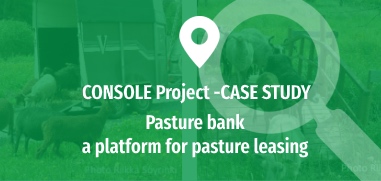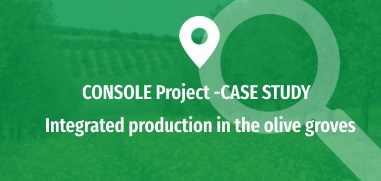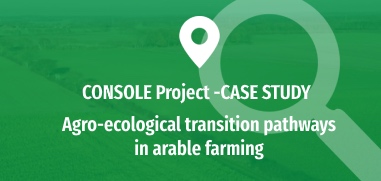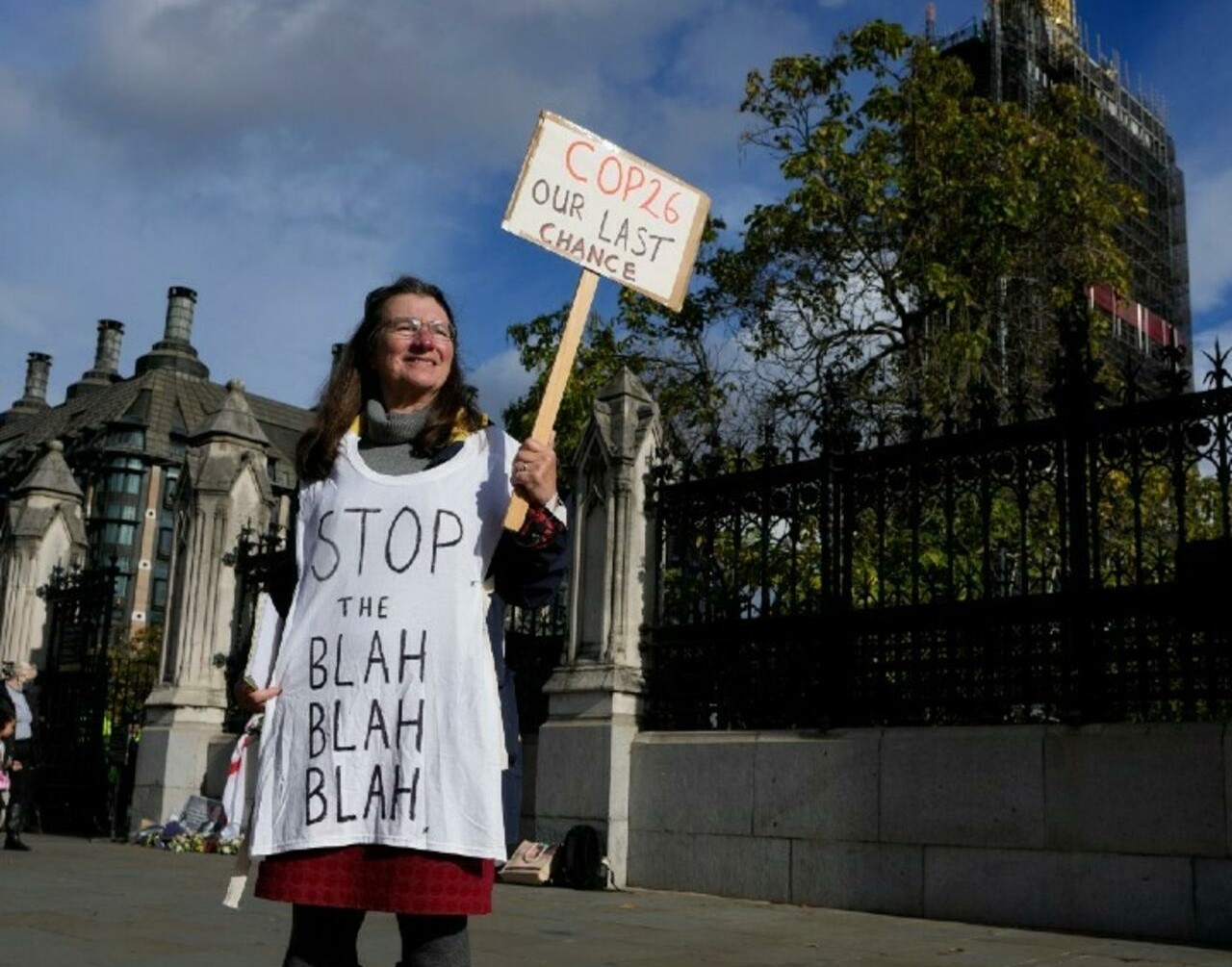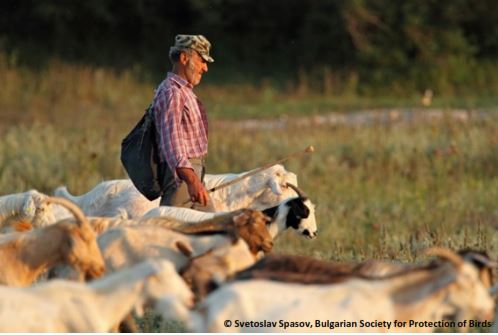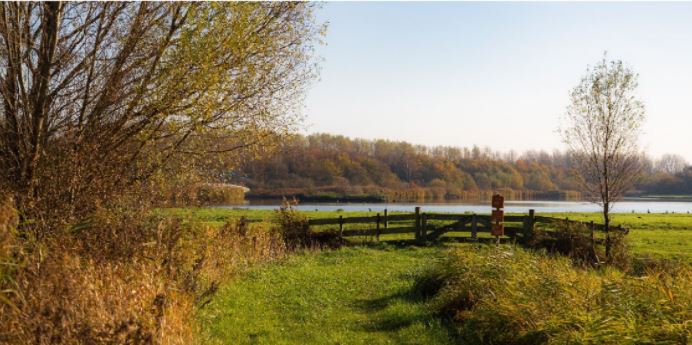Summary
Pasture bank is a platform through which the landowners and the domestic animal herders can find each other and agree a land-tenure contract for leasing pastures or grazing animals. Increasing grazing of underutilized pastures can improve biodiversity, landscape and animal welfare. Besides a contract model, pasture bank offers information about pastures, herding animals (domestic sheep, cows, horses) and services available for all interested partners around the country. The amount and direction of money transferred varies case-by-case; either the animal herder pays for wild pastures, or the landowner who leases grazing animals pays for the herder. The contracts are made between private entrepreneurs, but also municipalities and other organizations can offer their land for animal herders. Pasture bank was initiated in 2005, and during this time the amount of written contracts has increased. There are around 150 announcement every year (including both animals and pastures).
Objectives
- Increase co-operation between pasture owners and animal herders;
- Increase biodiversity of the underutilized pastures;
- Keep landscape open by grazing;
- Promote animal welfare by using wild pastures.
Public Goods

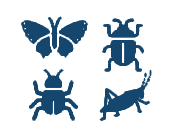

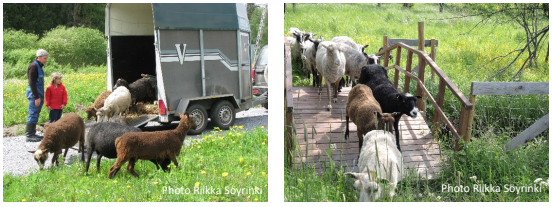
Problem description
The amount of grazing animals has decreased locally, since the number of farmers has decreased and the amount of livestock of a single farmer has increased. Therefore, some domestic animal herders may need more pastures than they own. On the other hand, some of the pastures that have been developed during the hundreds of years in the rural areas have been abandoned and they have become covered with forest. The pastures that are still existing are underutilized and have declined in biodiversity (and at landscape levels). Increasing grazing would promote biodiversity, for example, the amount of plants, insects, butterflies and birds. Nowadays, pastures with grazing animals are wanted also for the landscape and recreation. Pastures around towns or cities provide recreation possibilities for the nearby citizens. In order to improve the pasture characteristics, the landowners could offer their underutilized areas for herders. However, there hasn’t been a platform through which the landowners and herders could meet. Also, there has been a great need for information about the contents of contract between landowner and herder. The pasture bank platform was initiated by Rural Women’s Advisory Organisation together with ProAgria which is a Finnish expert organization providing an extensive network of specialists and a wide range of services to rural entrepreneurs.
